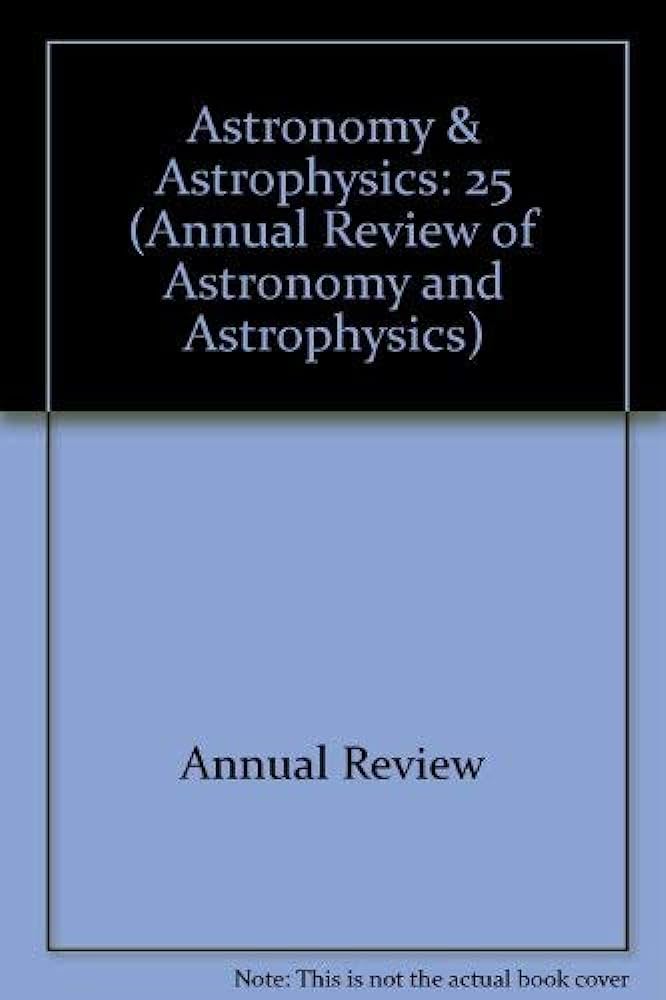Accuracy and Precision of Industrial Stellar Abundances
IF 32.5
1区 物理与天体物理
Q1 ASTRONOMY & ASTROPHYSICS
Annual Review of Astronomy and Astrophysics
Pub Date : 2018-11-20
DOI:10.1146/annurev-astro-091918-104509
引用次数: 76
Abstract
There has been an incredibly large investment in obtaining high-resolution stellar spectra for determining chemical abundances of stars. This information is crucial to answer fundamental questions in astronomy by constraining the formation and evolution scenarios of the Milky Way as well as the stars and planets residing in it. We have just entered a new era, in which chemical abundances of FGK-type stars are being produced at industrial scales, and in which the observations, reduction, and analysis of the data are automatically performed by machines. Here, we review the latest human efforts to assess the accuracy and precision of such industrial abundances by providing insights into the steps and uncertainties associated with the process of determining stellar abundances. We also provide a description of current and forthcoming spectroscopic surveys, focusing on their reported abundances and uncertainties. This allows us to identify which elements and spectral lines are best and why. Finally, we make a brief selection of main scientific questions the community is aiming to answer with abundances. ▪ Uncertainties in abundances need to be disentangled into random and systematic components. ▪ Precision can be increased by applying differential or data-driven methods based on accurate data. ▪ High-resolution and signal-to-noise spectra provide fundamental data that can be used to calibrate lower-resolution and signal-to-noise spectra of millions of stars. ▪ Different survey calibration strategies must agree on a common set of reference stars to create data products that are consistent. ▪ Data products provided by individual groups must be published using standard formats to ensure straightforward applicability.工业恒星丰度的准确性和精密度
在获得高分辨率恒星光谱以确定恒星的化学丰度方面,已经投入了令人难以置信的巨大资金。这些信息对于回答天文学中的基本问题至关重要,因为它限制了银河系以及其中的恒星和行星的形成和演化。我们刚刚进入了一个新时代,在这个时代,fgk型恒星的化学丰度正在以工业规模生产,数据的观察、还原和分析都是由机器自动完成的。在这里,我们回顾了人类为评估这种工业丰度的准确性和精度所做的最新努力,提供了与确定恒星丰度过程相关的步骤和不确定性的见解。我们还提供了当前和即将到来的光谱调查的描述,重点是他们报告的丰度和不确定性。这使我们能够确定哪些元素和光谱线是最好的,以及为什么。最后,我们简要地选择了社区旨在丰富地回答的主要科学问题。▪丰度的不确定性需要分解成随机的和系统的组成部分。▪精度可以通过应用基于准确数据的差分或数据驱动方法来提高。▪高分辨率和信噪光谱提供了基础数据,可用于校准数百万颗恒星的低分辨率和信噪光谱。▪不同的巡天校准策略必须在一组共同的参考星上达成一致,以创建一致的数据产品。▪个别团体提供的数据产品必须使用标准格式发布,以确保直接适用。
本文章由计算机程序翻译,如有差异,请以英文原文为准。
求助全文
约1分钟内获得全文
求助全文
来源期刊

Annual Review of Astronomy and Astrophysics
地学天文-天文与天体物理
CiteScore
54.80
自引率
0.60%
发文量
14
期刊介绍:
The Annual Review of Astronomy and Astrophysics is covers significant developments in the field of astronomy and astrophysics including:The Sun,Solar system and extrasolar planets,Stars,Interstellar medium,Galaxy and galaxies,Active galactic nuclei,Cosmology,Instrumentation and techniques,
History of the development of new areas of research.
 求助内容:
求助内容: 应助结果提醒方式:
应助结果提醒方式:


